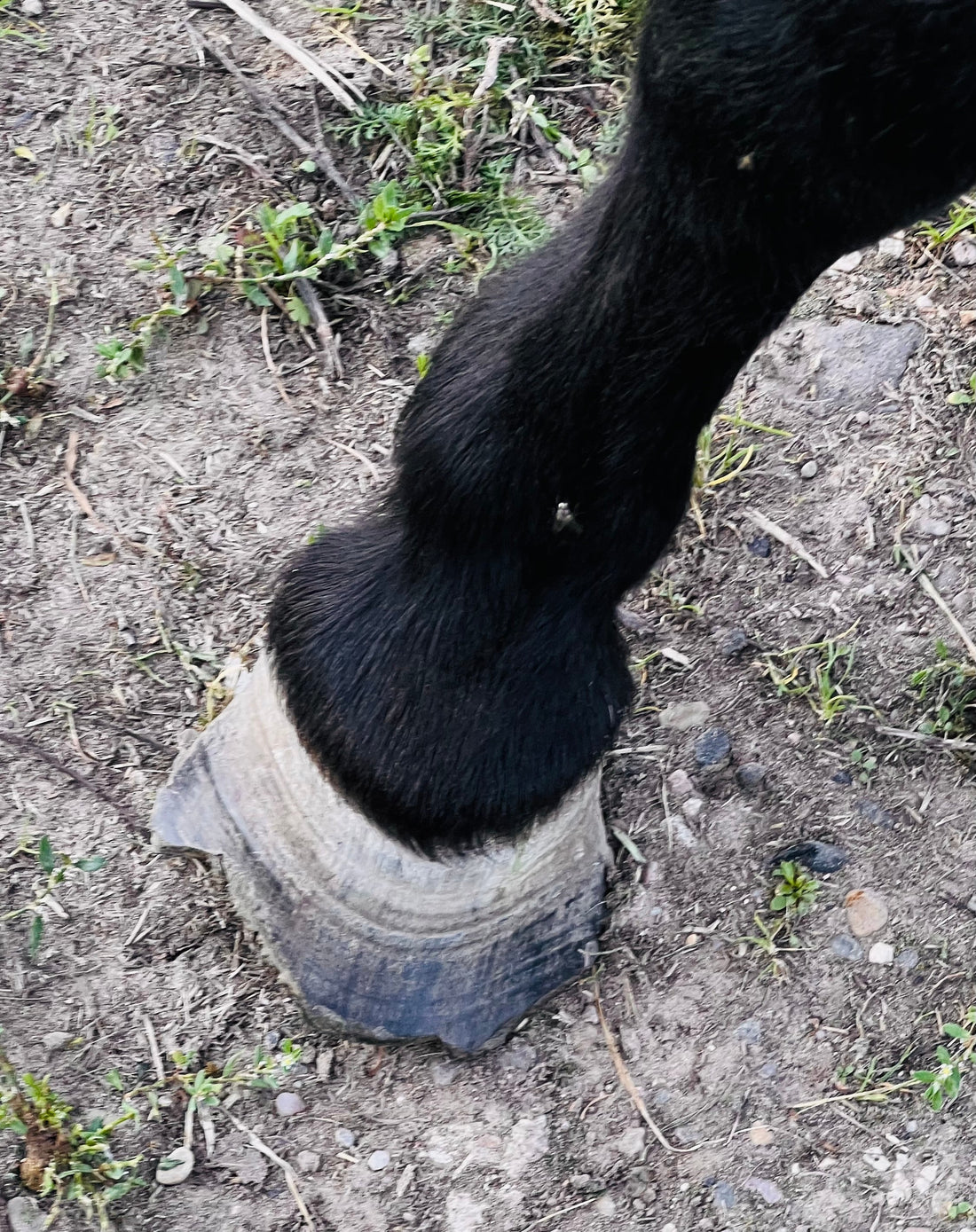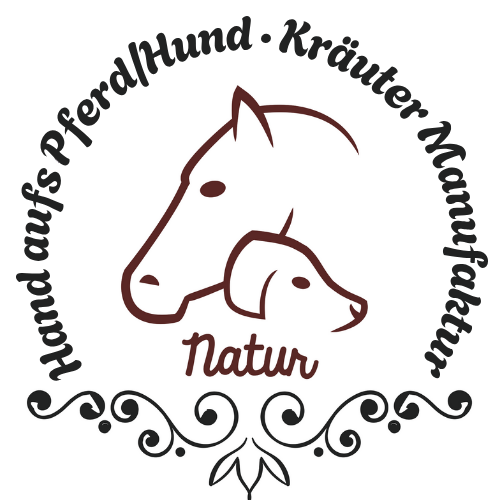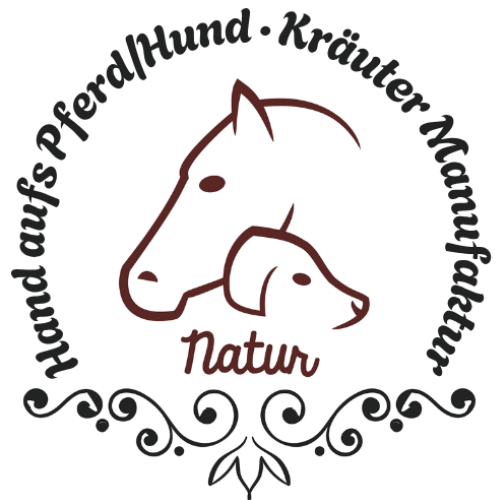
Brittle, cracked hooves - What helps
Brittle cracked hooves – Poor hoof growth – what really helps
Why are brittle, cracked hooves a sign of poor hoof growth? Learn the causes and solutions here!
From inadequate care and incorrect shoeing to nutritional deficiencies, all of these factors negatively impact hoof growth. We'll explain why adequate exercise and specific herbs play an important role and give you tips for proper horse hooves care. We'll show you how to improve your horse's brittle and cracked hooves using the power of herbs.
Why are brittle, cracked hooves a sign of poor hoof growth
Brittle and cracked hooves are caused by many factors, but they all have one thing in common: They indicate that hoof growth is disturbed. A healthy hoof grows continuously and evenly and forms a strong barrier against external influences. There are many reasons why hoof growth can be impaired. Lack of care, incorrect shoeing, or Nutritional deficiencies are just a few of the causes. Exercise also plays an important role. To promote growth and prevent fractures and cracks, horse owners should use special herbs to support the process. Proper care of horse hooves is also crucial for healthy hoof growth.
Causes of brittle and cracked hooves
Brittle and cracked hooves are a sign of poor hoof growth. But what are the causes? One of the main reasons is lack of care and improper nutrition. Other causes are bacteria and fungi, which attack hooves that are not regularly cleaned. Incorrect shoeing also has a negative impact on hoof growth. A shoe that is too tight or too heavy puts strain on the hoof and thus leads to damage. Mineral deficiencies are also a common cause of brittle hooves. An unbalanced diet leads to the loss of important nutrients. Nutrients missing, which are necessary for healthy hoof growth. Adequate exercise is also important for healthy hooves. Standing in a stable for hours impairs growth.
Measures to promote hoof growth in brittle and cracked hooves
Special herbs such as our hoof herbs “Stand firm” for horses help promote growth and maintain the quality of the hooves. It's important to consult an experienced farrier to identify potential problems early on. To prevent brittle and cracked hooves, you should regularly care for your horse's hooves. But please do not use oils or greases.
Stay away from hoof oils and fatty care products for hooves
The most important thing against dry, erupting hooves is moisture. Here, we're talking about moisture, not oils. We know that oils and oil-based products seal off the horny layer and even draw out moisture. The result is that the hoof becomes even more brittle, cracked, and unstable.
Instead, you should ensure that the hooves are moisturized. Either the horse can do this through the morning dew or you can use our Hoof water Spray for horses for a smooth, stable hoof.
Brittle, cracked hooves – Incorrect shoeing concept and its effects on hoof growth
Incorrect shoeing can have serious consequences for hoof growth. If the shoe is not fitted correctly, it will shift the weight on the hoof, impairing hoof growth. Shoeing that is too tight also restricts blood flow and inhibits growth. It is important to ensure that the shoe is checked regularly and adjusted as needed. Consult an experienced farrier to ensure the shoe is suitable for the horse and will not negatively impact hoof growth.
The importance of sufficient exercise for healthy hoof growth
An important factor for healthy hoof growth is adequate exercise. Horses that spend a lot of time in the paddock and get little exercise are often prone to brittle and cracked hooves. Regular exercise improves circulation in the hoof and stimulates growth. The impact of the ground also contributes to strengthening the hooves. It is therefore recommended to exercise the horse for several hours daily and offer it varied opportunities for exercise. However, care should be taken not to overdo the exercise to avoid overload or injury. A combination of regular exercise and a suitable diet and care can support hoof growth and prevent brittle, cracked hooves.
How can specific herbs help promote hoof growth?
Herbs can make a valuable contribution to horse nutrition by supporting the supply of important nutrients. A balanced supply of minerals and trace elements is a basic prerequisite for healthy hoof growth and stable hoof horn.
Our hoof herb mixture “Stehfest” was developed specifically for horses and combines proven plants that are traditionally used in horse feeding.
Main ingredients and their nutritional significance:
-
Nettle – rich in minerals such as calcium and magnesium, as well as trace elements such as zinc and copper. These substances are important building blocks for the horn substance of the hoof.
-
Silica (silicon) – traditionally used to support the elasticity and strength of hoof horn.
-
Algae – a natural source of minerals, trace elements and vitamins that contribute to general vitality and a stable horn structure.
This combination not only provides the horse with important minerals and trace elements, but also natural secondary plant substances that can support the entire metabolism. A well-nourished organism can optimally maintain horn growth, which contributes to strong, resilient hooves.
Proper care of horse hooves for healthy hoof growth
Brittle and cracked hooves are often the result of insufficient hoof growth . If horn growth is either absent or too slow, the hooves become brittle, lose elasticity, and are more susceptible to cracks and injuries.
Causes of poor hoof growth
-
Nutrient deficiency – An inadequate supply of important minerals, trace elements and vitamins can inhibit hoof growth.
-
Lack of exercise – Lack of exercise leads to poor blood circulation, which can impair horn formation.
-
Incorrect shoeing – Inappropriate horseshoes or incorrect hoof trimming have a negative effect on the hoof structure.
Measures for healthy hooves
-
Balanced horse feeding
A diet rich in minerals and trace elements is crucial for elastic, resilient hoof horn. -
Sufficient exercise
Movement on different surfaces promotes blood circulation in the hoof and thus horn growth. -
Individual fitting concept
Whether barefoot or shod – the choice should be adapted to the horse’s movement requirements, the surface and the hoof health. -
Targeted supplementation with herbs
Our “Stehfest” hoof herbs contain selected plants such as nettle, silica, and algae, which provide the organism with valuable nutrients and can thus support hoof growth. -
Regular hoof care
-
Daily hooves cleaning removes dirt and prevents thrush.
-
Hoof water and care oils can help regulate moisture and keep the horn elastic.
-
Conclusion on hoof care
Healthy hooves are the result of a combination of proper nutrition, regular exercise, tailored hoof trimming, and targeted care. With a well-thought-out diet and the support of selected herbs, hoof growth can be sustainably promoted.
Source: Martina Hemm October 2024



